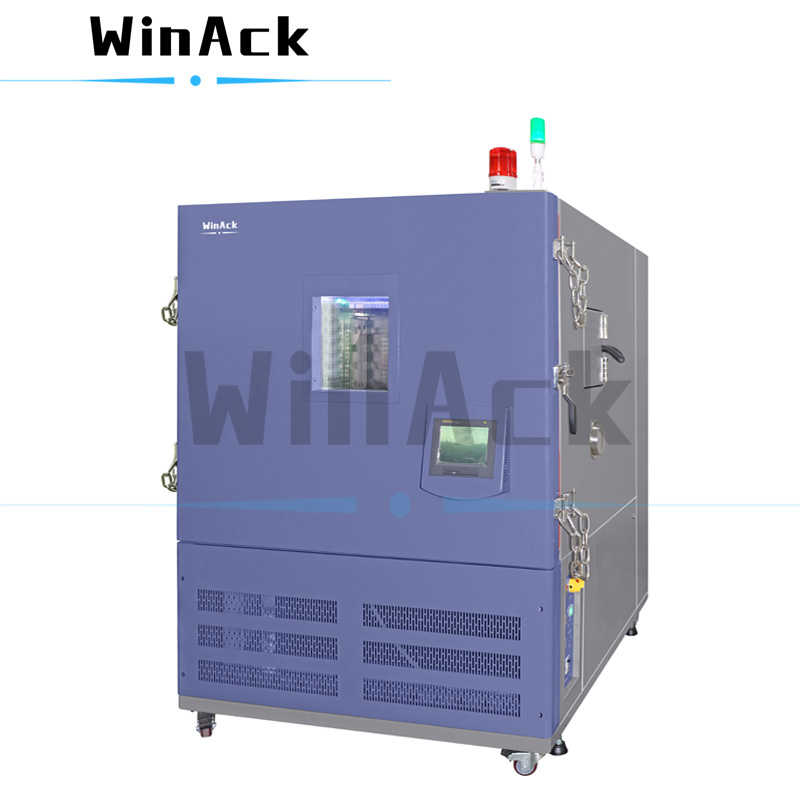The method of battery energy efficiency testing is different for different application scenarios.
For high power application scenarios, battery energy efficiency testing will focus on verifying the recovery and utilization of high-rate regenerative energy by the EV battery system.
For high-energy application scenarios, battery energy efficiency testing will focus on verifying the charging performance of EV battery systems under different charging regimes.
For EV battery energy efficiency testing, regenerative battery pack test system and temperature cycle test chamber are essential.
1)Battery energy efficiency testing for high power applications
For high power application scenarios, the battery energy efficiency testing is to verify the recovery and utilization performance of EV battery systems at different ambient temperatures and at different SOC states for high-rate regenerative energy.
The ambient temperature is divided into high temperature, normal temperature and low temperature.
The SOC status of the EV battery system then needs to be determined according to the actual usage status of the EV, which is usually 65% SOC, 50% SOC and 35% SOC.
The battery energy efficiency test process is composed of discharge pulses, charge pulses and stand. The brief test steps are as follows.
1.1) 20C or Imax constant current discharge for 12 seconds.
Kindly reminder: Take the greater of 20C and Imax.
1.2) Let stand for 40 seconds.
1.3) 15C or 0.75Imax constant current charge for 16 seconds.
Kindly reminder: Take the greater of 15C and 0.75Imax.
For steps 1.1 and 1.3 above, the product of current and voltage is integrated against time to calculate the energy Edis of the discharge pulse output and Ec of the charge pulse input, respectively, measured in Wh. The energy efficiency of EV battery system is calculated by the following equation.
η=(Edis/Ec)*100%
2)Battery energy efficiency testing for high energy applications
For high energy application scenarios, the battery energy efficiency testing is mainly to verify the charging performance under different ambient temperatures.
The EV batteries were charged at room temperature, high temperature and low temperature, respectively, according to the charging conditions specified by the EV battery manufacturer and reached the charging cut-off conditions, and then discharged at room temperature with the same discharging conditions to verify the available capacity and energy when charged at different temperatures.

WinAck Group can provide complete EV battery test system solutions. Come by, contact us for a solution that can help you succeed. For better batteries, Win & Ack!